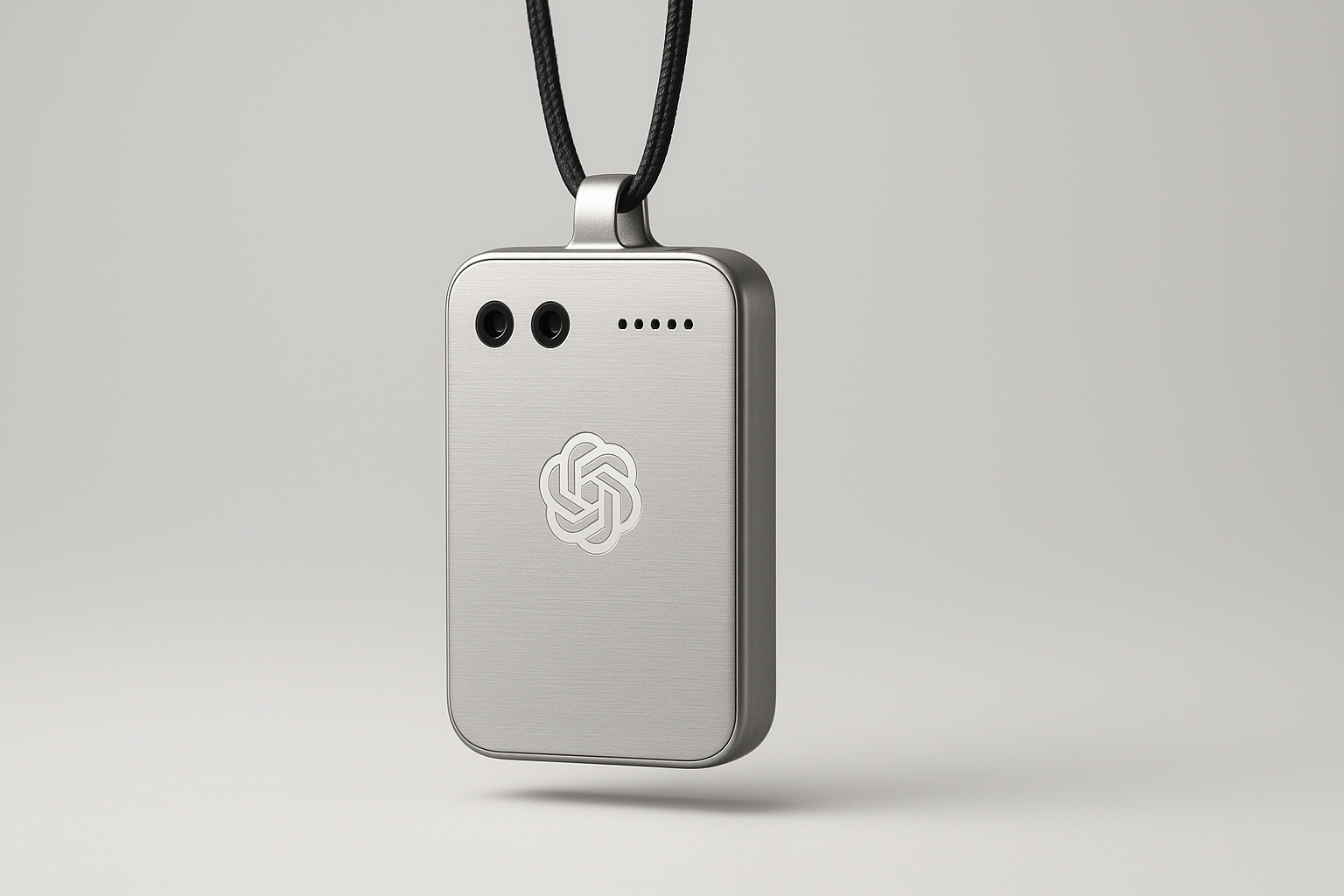OpenAI and former Apple designer Jony Ive are working on a new AI device, but the project is facing technical hurdles that could delay its launch.
Key issues include software, privacy, and infrastructure, according to the Financial Times. One of the challenges is designing the assistant’s personality so it feels helpful but not intrusive, not too direct but not overly eager to please. A source described the goal as “a friend who’s a computer who isn’t your weird AI girlfriend…like [Apple’s digital voice assistant] Siri but better.”
Privacy is also unresolved, especially for devices that are always listening and recording through cameras and microphones. Unlike Meta’s AI glasses, which are easy to spot and light up when recording, more discreet devices—like pins or necklaces—could come off as invasive or even spy-like.
Scalability is another major challenge. People involved with the project say OpenAI is already struggling to provide enough computing power for ChatGPT. The current infrastructure can’t support a mass-market, always-on AI device. Amazon (Alexa) and Google (Nest) already have their own cloud platforms, but OpenAI still needs to build out its own.
Ad
The Financial Times reports OpenAI is working with Chinese contract manufacturers like Luxshare to produce the hardware, though final assembly could happen outside China. The company is targeting a launch next year, but ongoing issues could cause delays. OpenAI and LoveFrom declined to comment.
Defining “AI hardware”
OpenAI and Ive’s design studio, LoveFrom, are developing a new kind of AI device designed to do more than current products like Amazon’s Echo. The assistant is meant to learn, fit naturally into daily routines, and actively help with tasks and decisions almost like a real conversation partner, drawing on ideas from the film “Her.”
The hardware lineup is expected to include several devices, such as a smart speaker without a screen, a digital voice recorder, and a wearable pin. One version is reportedly about the size of a smartphone but has no display. The device uses a camera, microphone, and speaker for input and output, and it’s supposed to stay on all the time, collecting environmental data to create a memory for the AI assistant. It’s intended for both stationary and mobile use.
Development is being handled by LoveFrom and OpenAI. Ive sold his company, io, to OpenAI in May for about $6.5 billion. Since then, more than 20 former Apple employees with backgrounds in product design, audio, cameras, and manufacturing have joined the project, along with former Meta employees from AR and VR.
